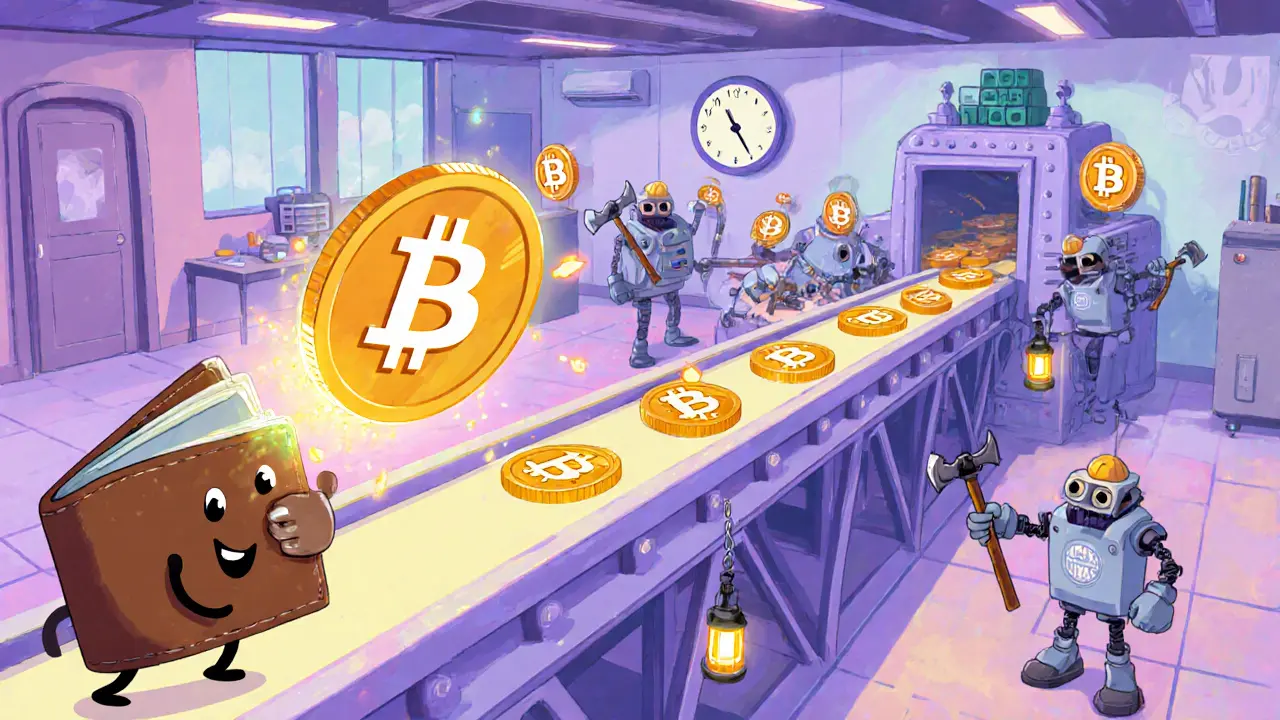Zero Confirmation in Crypto: Fast Payments and Risks
When you hear about zero confirmation, a state where a cryptocurrency transaction is broadcast to the network but hasn't yet been recorded in a block. Also known as 0‑confirmation, it lets users see pending transfers the moment they leave their wallet.
One of the biggest concerns with zero confirmation is the double‑spend attack, an attempt by a malicious actor to spend the same coins twice before the network finalizes the original transaction. Because the transaction hasn't been locked into a block, an attacker can broadcast a conflicting transaction to a different miner, hoping the second one gets confirmed first. This risk makes merchants wary of accepting payments that are only zero‑confirmation.
The mempool, the pool of unconfirmed transactions that nodes hold while waiting to be added to a block, is where zero‑confirmation transactions live. The mempool’s size and the fee attached to a transaction directly affect how quickly miners will pick it up. In practice, zero confirmation enables instant crypto payments, but it also requires a fee high enough to out‑bid competing transactions in the mempool.
To mitigate the double‑spend threat while keeping payments fast, many services rely on payment channels, off‑chain mechanisms that let two parties exchange multiple transactions instantly, settling on‑chain only when the channel closes. Payment channels use the zero‑confirmation state internally, allowing users to trade value without waiting for block confirmations. The Lightning Network, a second‑layer protocol built on Bitcoin that creates a web of payment channels for near‑instant, low‑fee transfers, is the most popular example. It leverages zero‑confirmation transactions to provide a seamless user experience while protecting against double‑spends through cryptographic guarantees.
Why zero confirmation matters for traders and merchants
For traders, zero‑confirmation data feeds give a real‑time view of market moves, letting algorithms react before a block is sealed. For merchants, accepting zero‑confirmation payments can shave minutes off the checkout flow, turning a friction‑filled experience into a smooth one. However, each use case demands a risk‑management strategy: monitoring mempool congestion, setting appropriate fees, and, when possible, using payment channels or the Lightning Network to lock in value instantly.
Below you’ll find a curated set of articles that dive deeper into every angle of zero confirmation—from how mempool dynamics shape fee strategies, to step‑by‑step guides on setting up Lightning Network nodes, and case studies on merchants who safely accept zero‑confirmation payments. Explore the collection to see how the crypto ecosystem balances speed with security.

